Nonprofitability: June 2017
The Nonprofit Life Cycle: Mature Nonprofits Face Changing Priorities
Successful nonprofits typically proceed along a standard life cycle. Their early stage precedes a growth period that runs several years, followed by maturity. The maturity (or governance) stage generally begins around an organization’s eighth year. By this time, the nonprofit has built its core programs and achieved a reputation in the community.
But no organization can afford to rest on its laurels. In fact, mature not-for-profits often face a critical fork in the road. The next step can lead to renewal — or stagnation and eventual decline.
Shift to financial sustainability
If you lead a nonprofit in the maturity stage, you should set your sights toward sustainability. By now, your organization should have a good handle on its current resources and be adept at forecasting its needs. From a financial perspective, that means maintaining sufficient cash on hand to support daily operations, as well as adequate operating reserves. This also may be the time to initiate your planned giving and endowment efforts to sustain programs into the future.
Your organization probably requires more funds than ever. However, a nonprofit of this age must be wary of “mission drift,” which happens when an organization begins to make compromises to generate funds rather than stick to its mission.
At this point, organizations often see more program and operational coordination and more formal planning and communications. Your nonprofit also may explore the possibility of alliances with other organizations. Such affiliations can both extend your organization’s impact and increase its financial stability. Alliances also can help reinforce your mission focus and prevent your nonprofit from getting too bogged down by policy and procedures.
The mature board of directors
Another way to increase financial stability is to add members to your board. A mature nonprofit’s brand identity may enable it to attract more wealthy, prestigious and well-connected members. Ideally, these members will have more to offer than simply money, such as expertise in a certain area or a strong personal commitment to your mission.
As your executive director and staff concentrate more on operations, your board needs to take an even greater leadership role by setting direction and strategic policy. The board may become more conservative, though. (The boards of younger nonprofits are usually more entrepreneurial and willing to take risks because less is at stake.)
Program considerations
When it comes to programming, mature nonprofits must take care not to be lulled into complacency. It’s important to regularly review your programming, including the actual curriculum or content, for relevance and effectiveness. Your strategic plan should focus on the long range and may outline new opportunities.
Surveys can be a good way of keeping up to date on your constituents’ needs and interests, which can change over time. The results might lead to dramatic changes. One literacy nonprofit, for example, stayed relevant to its community by shrinking its literacy programming and offering more English as a Second Language services instead.
Celebrate but strive
In today’s competitive environment, any nonprofit that makes it to maturity has reason to celebrate. To continue to serve your mission, though, your organization must be strategic in both financial and program planning.
© 2017
This material is generic in nature. Before relying on the material in any important matter, users should note date of publication and carefully evaluate its accuracy, currency, completeness, and relevance for their purposes, and should obtain any appropriate professional advice relevant to their particular circumstances.
Share Post:




